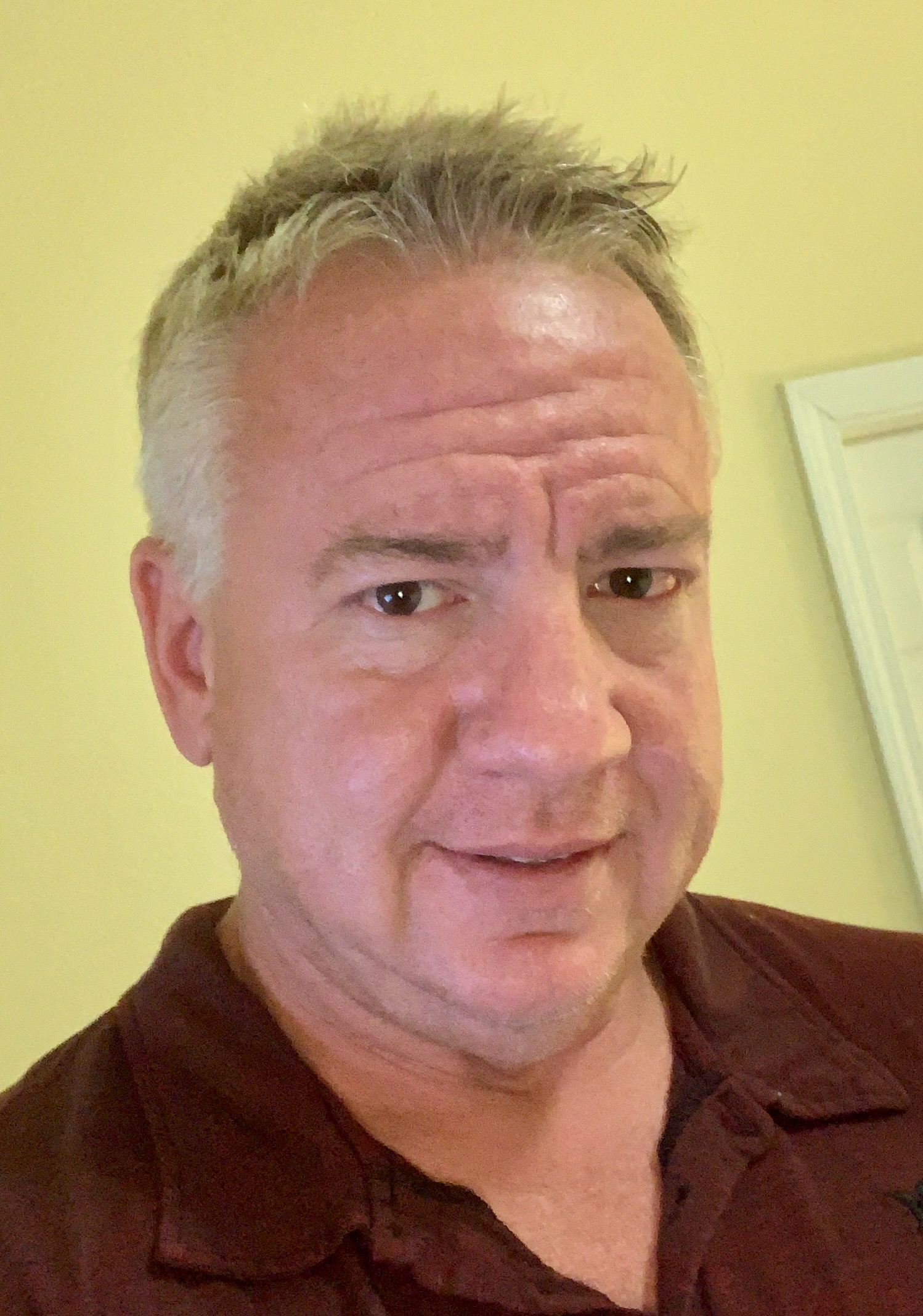
My Journey Through Stroke & Recovery
A personal story of challenge, faith, and the power of community in overcoming life's greatest obstacles.
The Day Everything Changed
March 15, 2019 - Age 52
It was a Tuesday morning like any other. I was preparing for my day as a healthcare professional, never imagining that within hours, I would become a patient myself. The stroke hit suddenly and without warning—a stark reminder that life can change in an instant.
The initial confusion, the rush to the hospital, the fear in my family's eyes—these moments are etched in my memory. As someone who had spent years caring for others, I found myself on the other side of the healthcare equation, vulnerable and uncertain about what lay ahead.
"In that moment, I realized that all my medical knowledge couldn't prepare me for the emotional and spiritual journey that stroke recovery would demand."
The Dark Valley
The First Six Months
The early days of recovery were the hardest. Simple tasks that I had taken for granted—speaking clearly, writing my name, walking without assistance—suddenly became monumental challenges. The physical limitations were difficult, but the emotional toll was even greater.
I struggled with depression, anxiety, and a profound sense of loss. Who was I if I couldn't perform the work I loved? How could I provide for my family? These questions haunted me during the long nights when sleep wouldn't come.
Physical Challenges
- • Right-side weakness
- • Speech difficulties
- • Balance issues
- • Fatigue and exhaustion
Emotional Struggles
- • Depression and anxiety
- • Loss of identity
- • Fear of the future
- • Isolation from others
Finding Faith & Purpose
The Breakthrough Moment
The turning point came not through a medical breakthrough, but through a spiritual awakening. During one of my darkest moments, I realized that my stroke wasn't just something that happenedto me—it was something that could happen through me to help others.
I began to see my experience not as a limitation, but as a unique qualification to understand and help other stroke survivors. This shift in perspective didn't happen overnight, but it marked the beginning of my true recovery—not just physically, but emotionally and spiritually.
"I realized that my greatest weakness could become my greatest strength in serving others who were walking the same difficult path."
This revelation led me to begin documenting my journey, not just for my own healing, but to create a resource that could offer hope to others facing similar challenges. The idea for Stroke of Faith was born from this desire to transform personal pain into communal healing.
Creating Stroke of Faith
Building a Community of Hope
What started as a personal blog became something much larger. As I shared my story and the resources that helped me, I discovered that thousands of other stroke survivors and their families were searching for the same thing: hope, practical guidance, and a community that truly understood their journey.
Stroke of Faith grew organically as people began sharing their own stories, asking questions, and supporting one another. We created resources, hosted virtual support groups, and developed tools that I wished had existed during my early recovery.
Today & Looking Forward
Continuing the Journey
Today, five years after my stroke, I can honestly say that while I wouldn't choose to go through that experience again, I'm grateful for how it has shaped my life and purpose. My recovery continues—some days are better than others—but I've learned that healing isn't just about returning to who you were before.
It's about becoming who you're meant to be, often someone stronger, more compassionate, and more purposeful than you ever imagined possible. Through Stroke of Faith, I've had the privilege of witnessing countless stories of resilience, hope, and transformation.
"Recovery isn't about going back to who you were—it's about discovering who you're meant to become."
Looking ahead, our community continues to grow, and we're constantly developing new resources, tools, and ways to support stroke survivors and their families. The mobile app we're developing will bring personalized recovery support directly to your pocket, and our research partnerships are helping to advance stroke recovery science.
Your Story Matters Too
Whether you're a stroke survivor, caregiver, or healthcare professional, your journey and experiences can inspire and help others. Join our community and discover the resources, support, and hope you need for your recovery journey.
Stay Connected
Get weekly updates, recovery tips, and community highlights delivered to your inbox.
Stay Connected
Get the latest recovery tips, research updates, and encouragement delivered to your inbox.